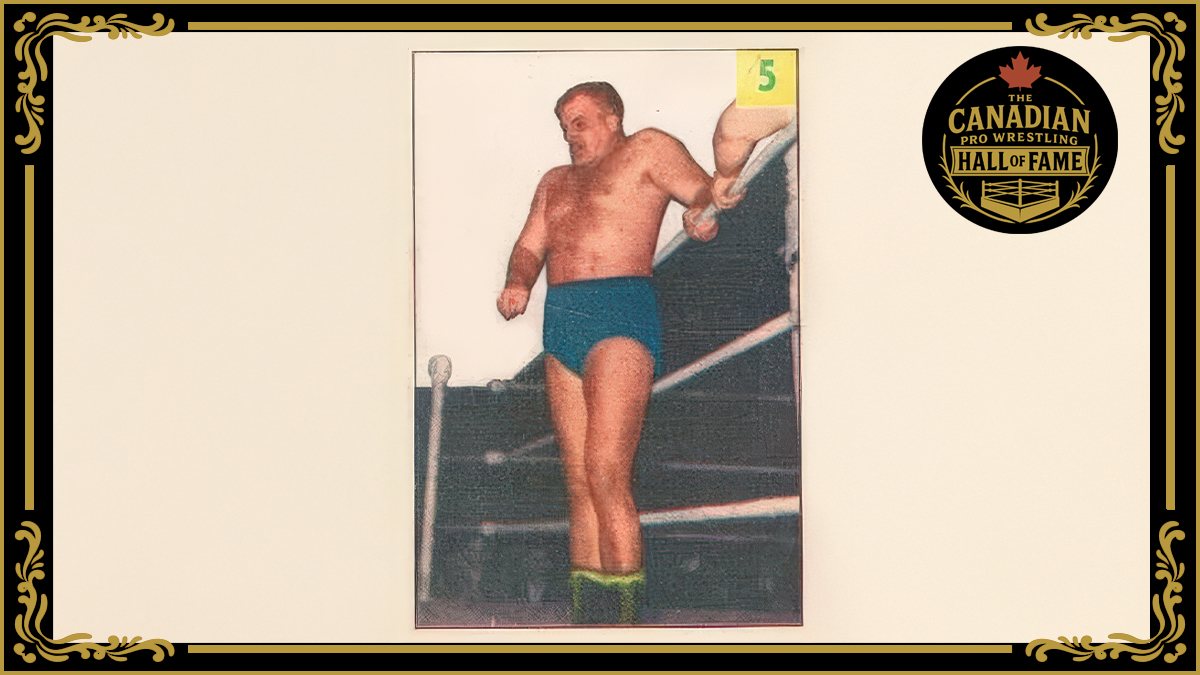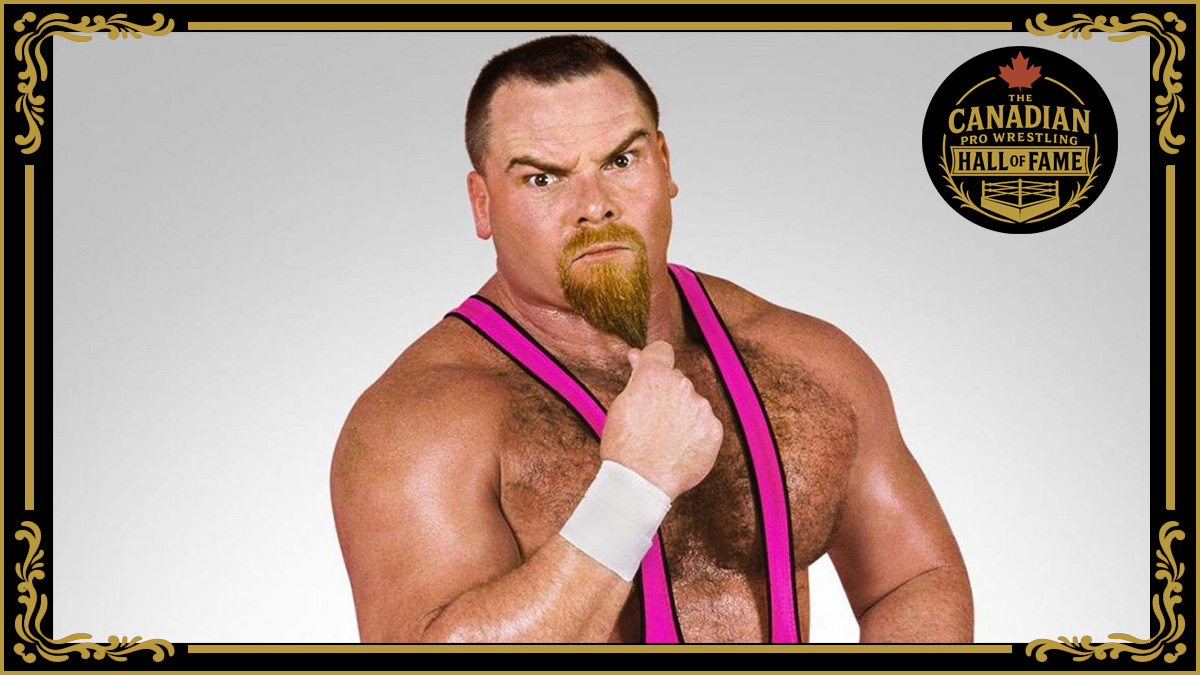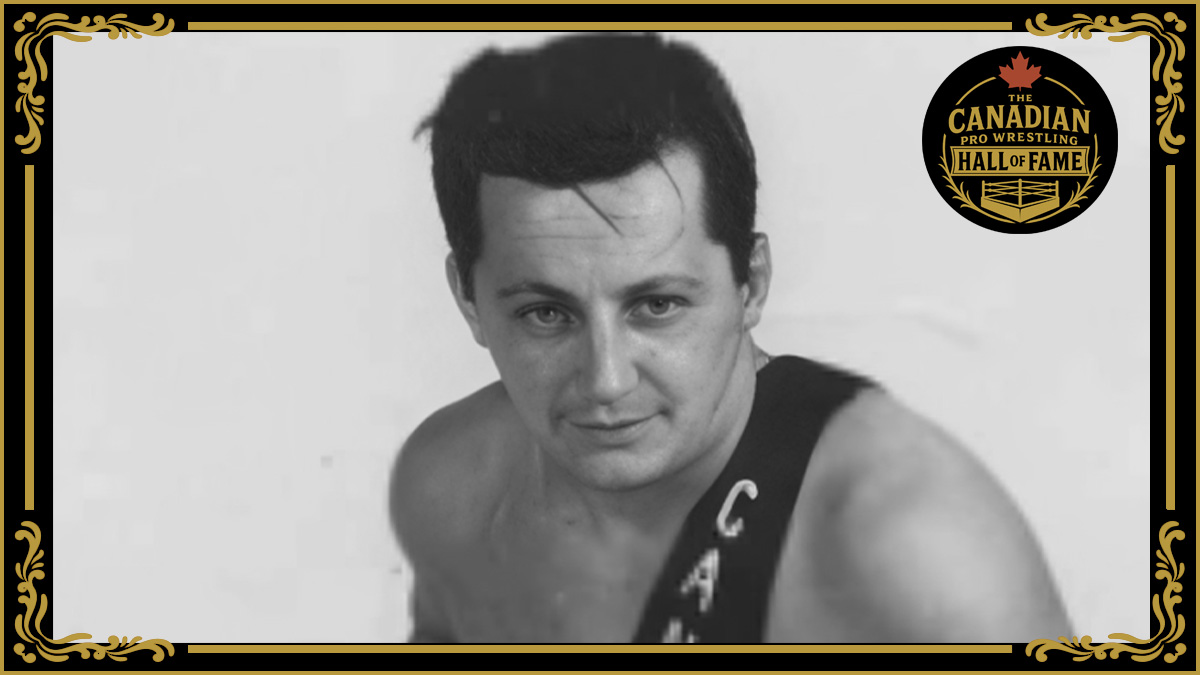Whatever mayhem he may have caused in the ring, outside of it, Baron Mikel Scicluna is a pretty simple, quiet guy. He’s modest and matter-of-fact. It has kept him on an even keel as the 80-year-old Pittsburgh native faces his latest foe — liver cancer.
“I just got sick a little bit … they found a little tumor in my liver. Take it from there,” explained Scicluna to SLAM! Wrestling recently. “What are you going to do?”
The Baron heads to a local hospital on a weekly basis.
“I’m taking treatment. We’ll see what’s going to happen. I feel good and all that,” he said.
The native of Malta has slimmed down considerably in recent years, giving him the appearance of a tall, gangly professor — with the common wrestler stoop and slow shuffle — rather than a havoc-causing terror, with his long cape draped over his shoulders.
He was born Michael J. Scicluna in Malta on July 29, 1929, and came to Canada in 1950 to make a living. Toronto became his home — and continues to be a frequent place of visit, since his wife, Gloria, is a Torontonian.
A downtown gym became a haven for the youngster after he’d adapted to his new homeland. “I got started with a gym. Me, and others like Waldo von Erich, we had a gym over at Church and Carlton, near the Gardens there,” he said. Dave “Bearman” McKigney and The Hungarian Wolfman (Willie Farkus) were other regulars at the gym.
“I wanted to be a pro wrestler,” Scicluna said, adding that he used to frequent the wrestling matches at Maple Leaf Gardens on a regular basis. He trained for a couple of years and debuted as Mike Valentino, a name suggested by Toronto promoter Frank Tunney. Scicluna believes his first match was in Oshawa in 1953.
His run as Mike Valentino would be his only stint as a good guy in career that would last until 1983.
“I didn’t want that babyface stuff. That’s me,” said Scicluna. He just liked being bad. “It’s easier. I don’t know if it’s easier. The people make it hard. But I just didn’t want to be a babyface.”
Tunney sent him west to Stu Hart’s Stampede Wrestling territory for further grooming. Aside from a visit to Hart’s Dungeon training room for some impromptu sparring, Scicluna remembers the driving most of all. “1,200 miles coming home from Regina … It was nothing to do 500 miles at night; a lot of driving.”
In November 1965, he was summoned to New York to work for Vince McMahon Sr. in the World Wide Wrestling Federation, and rechristened Baron Mikel Scicluna by McMahon. Though he’d work many other places during the next two decades, Scicluna is most associated with his time in the WWWF.
He considers his battles with WWWF champion Bruno Sammartino among the highlights of his career.
“Baron Scicluna was another wrestler with outstanding moves. He looked lean at 280 pounds on a six foot five inch frame, but he was very powerful,” wrote Sammartino in his 1990 autobiography. “I always respected the Baron for his terrific speed. To give you an idea, when I executed an arm drag, I’d pull my opponent right across the ring. Then as I was crossing, I’d spin up on my feet and be right there in a position of advantage. But the Baron was one guy who if I’d catch in an arm drag and then move into my spin, why he’d be right there with me in the proper wrestling position to counter. That’s how fast he was.
“Occasionally when he began to find himself at a disadvantage in a match, the Baron would become a brawler. He’d switch from beautiful classic wrestling to ugly street brawling in a second.
“I wrestled the Baron quite a few times and he gave me lots of problems in those matches. I suppose I showed some ‘ Gorilla Monsoonourage’ of my own when Baron Scicluna fractured my thumb. I wrestled for twenty minutes after it happened and I can recall how intense the pain was even in just a small area like that. There’s no question — the Baron was tough.”
Working against Sammartino at “The Mecca” of professional wrestling led to the first of 11 tours of Japan. “I wrestled Bruno at Madison Square Garden. Then a week after, I went over there [to Japan],” he said. “The Japanese people were very respectful of Madison Square Garden.”
As a singles wrestler in the WWWF, Scicluna never held a title, but as a tag team partner, he was a champion twice.
On September 22, 1966 in Washington, D.C., he won the WWWF U.S. tag belts with Smasher Sloan, beating Johnny Valentine and Tony Parisi (working as Antonio Pugliese), and dropping the belts three months later to Spiros Arion & Pugliese.
Then on February 1, 1972 Scicluna and King Curtis Iaukea, managed by Captain Lou Albano, won the WWWF World tag titles in Philadelphia from Karl Gotch and Rene Goulet. Scicluna called Iaukea a “wildman” who “was unpredictable.” It was four-month reign for the unique team, with Sonny King and Chief Jay Strongbow winning the titles.
Scicluna recalled the recently-deceased Captain Lou as “a sharp guy,” who the fans really hated. “He was a good manager for managing, talking,” he said. “He was a wildman too … he was just one of those guys, more lively than the other guys.”
The firmly-entrenched Northeast wrestler was profiled in the 1979 book, Main Event: The World of Professional Wrestling, by Roberta Morgan. “Scicluna is a large, powerfully built man who often resorts to rather questionable tactics in the ring. He will leave the ring to escape further punishment, but often doesn’t mind inflicting it on an opponent. Though his strength and stamina are great, his reflexes are sometimes not as quick as they might be. He does pose a formidable threat to any wrestler who meets him.”
But Scicluna is quick to point out that while he may be most associated with the WWWF, it was hardly the only place he worked.
He was world champion in Australia in 1968 for four months, for example, and also held the tag titles in the IWA there with Cyclone Negro. He’s also been to various locales like Europe, Hawaii, Samoa, and China.
“Of course, I was there for 17 years in New York, then I used to do a week in Texas, wherever,” Scicluna said. “They wanted me to stay there and travel from there. I went to Texas from there, I went to Kansas City, I went to San Francisco from there.” He’d also return home to Toronto to work in the building where he used to watch the wrestling stars, Maple Leaf Gardens. In Pittsburgh, he teamed regularly with George “The Animal” Steele and continued to be a thorn in the side of Sammartino.
He also disputes the assertion that the WWWF was an easy territory travel-wise. “We used to go from Washington to Maine,” he explained. “We’d go from Pittsburgh to Washington.” He can still name off some of the regular stops — Tuesdays in Portland, Wednesdays in Bangor, Thursdays in Washington. “That was rough. That was every week.”
Rough was also a termed used to describe Scicluna in the ring. He wasn’t averse to using a foreign object, finding clever places to hide it while the referee searched him. Then there was also his size 14 boot.
“Mike, is a tough son of a gun. Mike, he kick you, you feel it. He’s a tough, tough guy,” recalled Wolfman Willie Farkus.
The Maltese giant was a proponent of keeping it tight in the ring. “That’s right. If you can’t take it, get out of the business. Some of them, they bitched about it. I just told them, ‘If you can’t take the heat, get out of the kitchen.'”
By the time 1983 came around, Scicluna was ready to hang up the boots — though he would compete in a WWF legends battle royal in 1986. “It’s about all I could do. I was about 53 or 54 when I quit. I had just about had enough,” he said.
Scicluna would find work as a driver for The New York Times newspaper, and now draws a pension as a result of that job. In retirement, he has made a point of traveling to Malta for a few months every year, and is involved his family — his son Mike Jr.’s family, which includes two grandchildren. Despite his many accomplishments in the ring, it has provided him with nothing but memories in his retirement; he is thankful he found work as a driver for The New York Times newspaper after his wrestling career, which provides him with a pension.
In 1996, Scicluna was inducted into the WWF Hall of Fame. The Baron has also been a supporter of the Pro Wrestling Hall of Fame in Amsterdam, NY, traveling to the induction ceremonies and participating in a fundraising dinner, Titans in Toronto, in 2004, where he was honoured as a local, returning hero.




